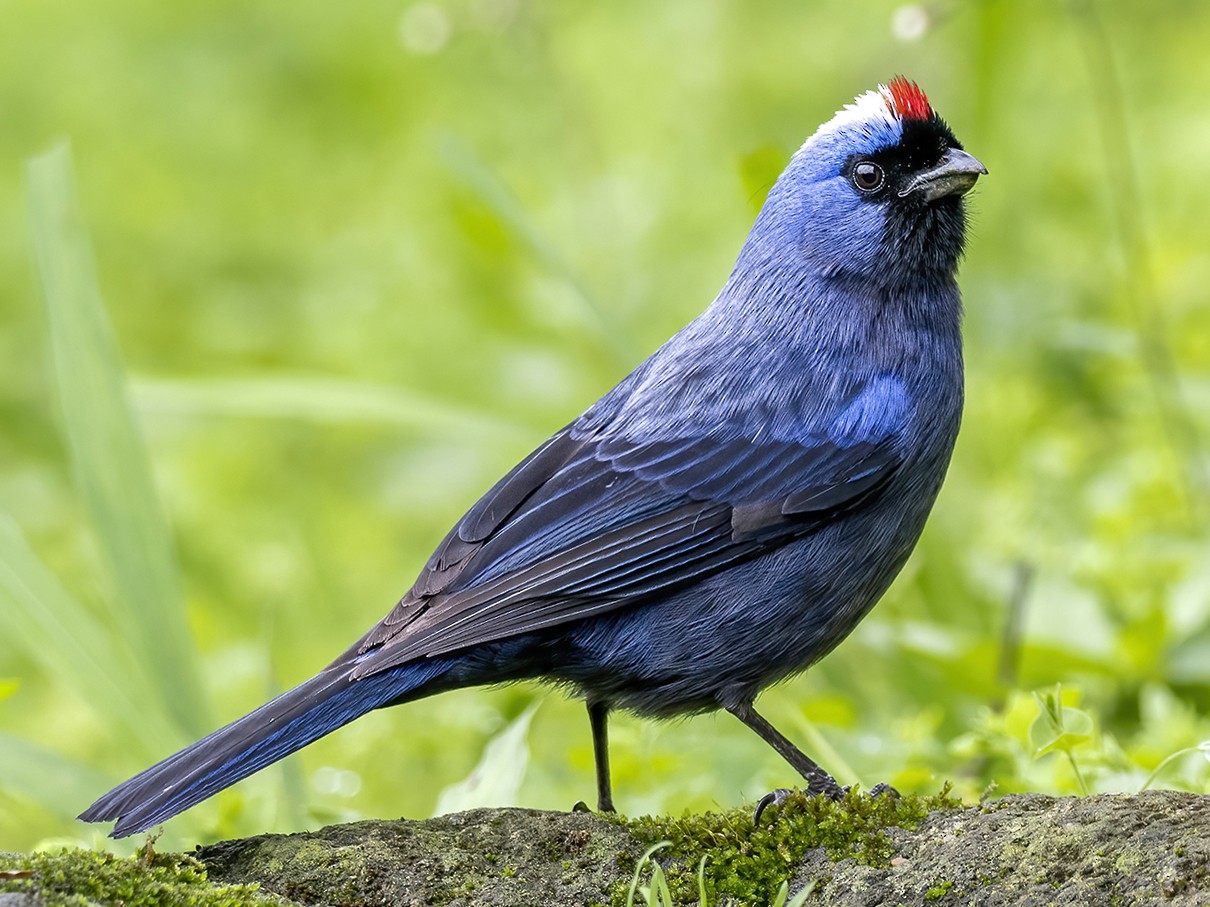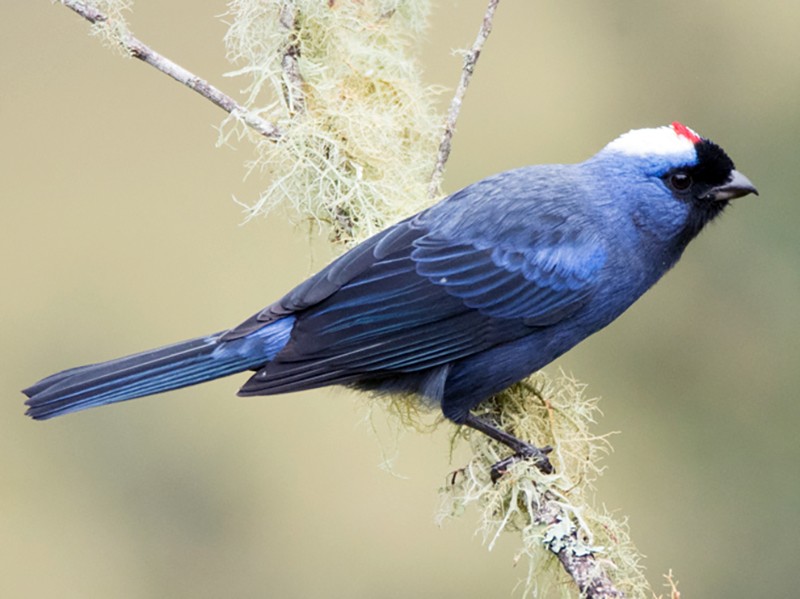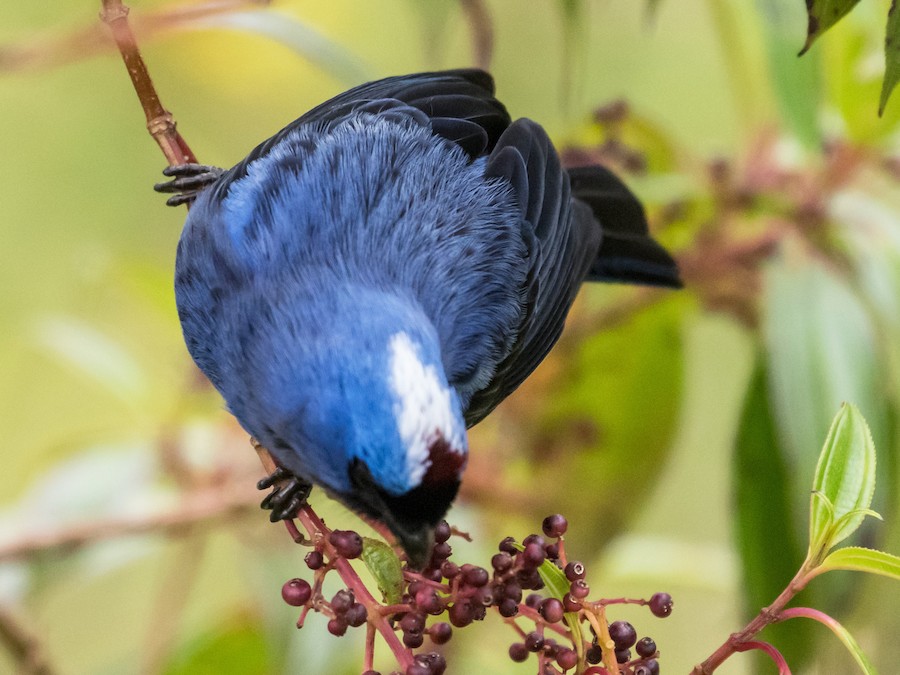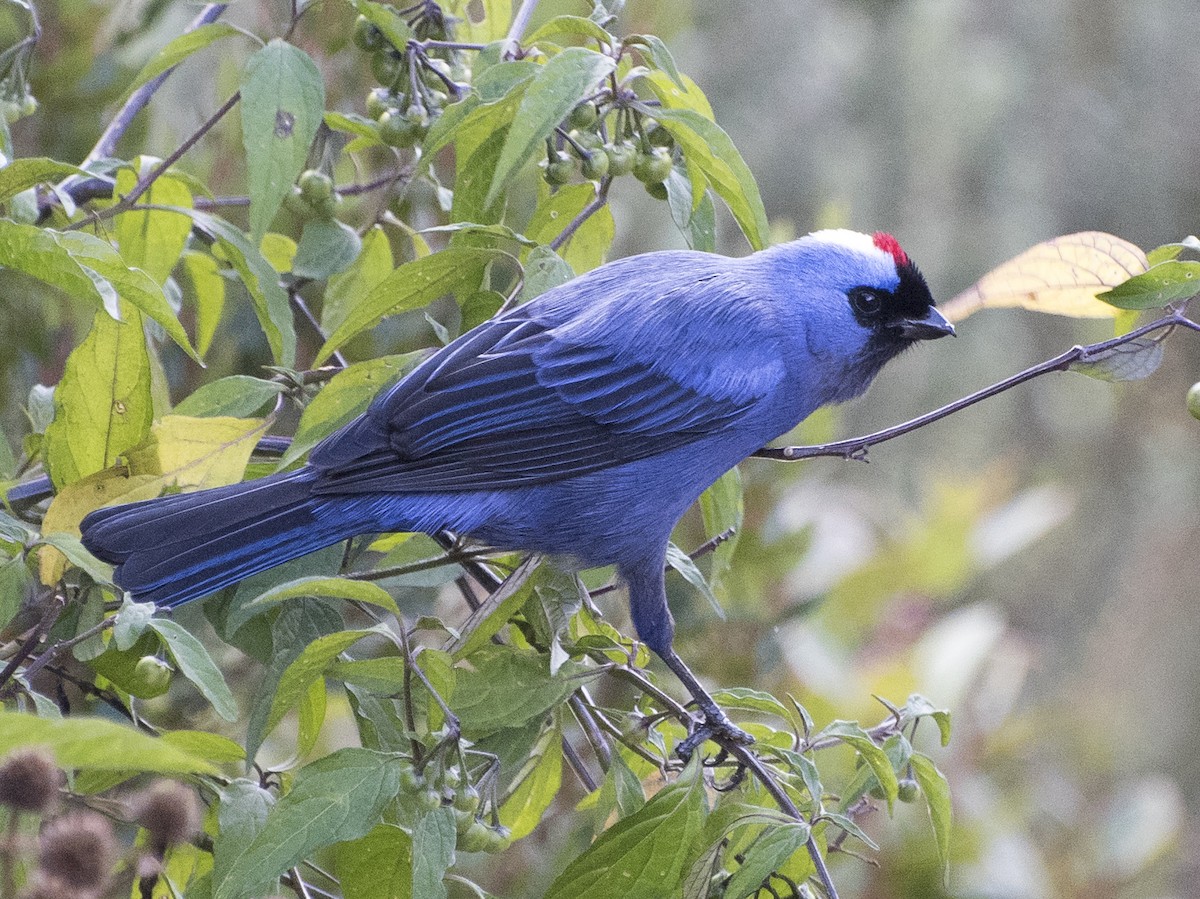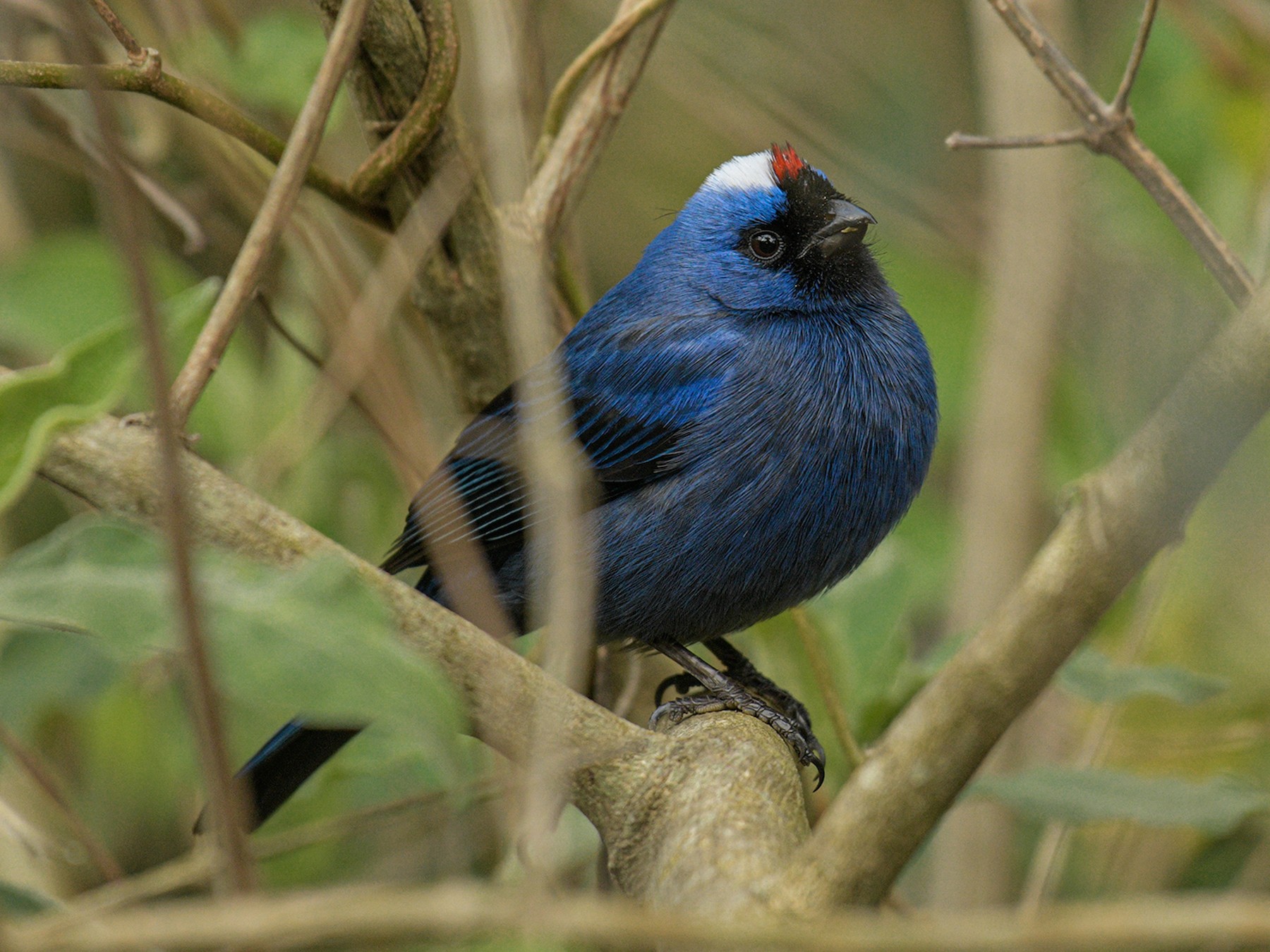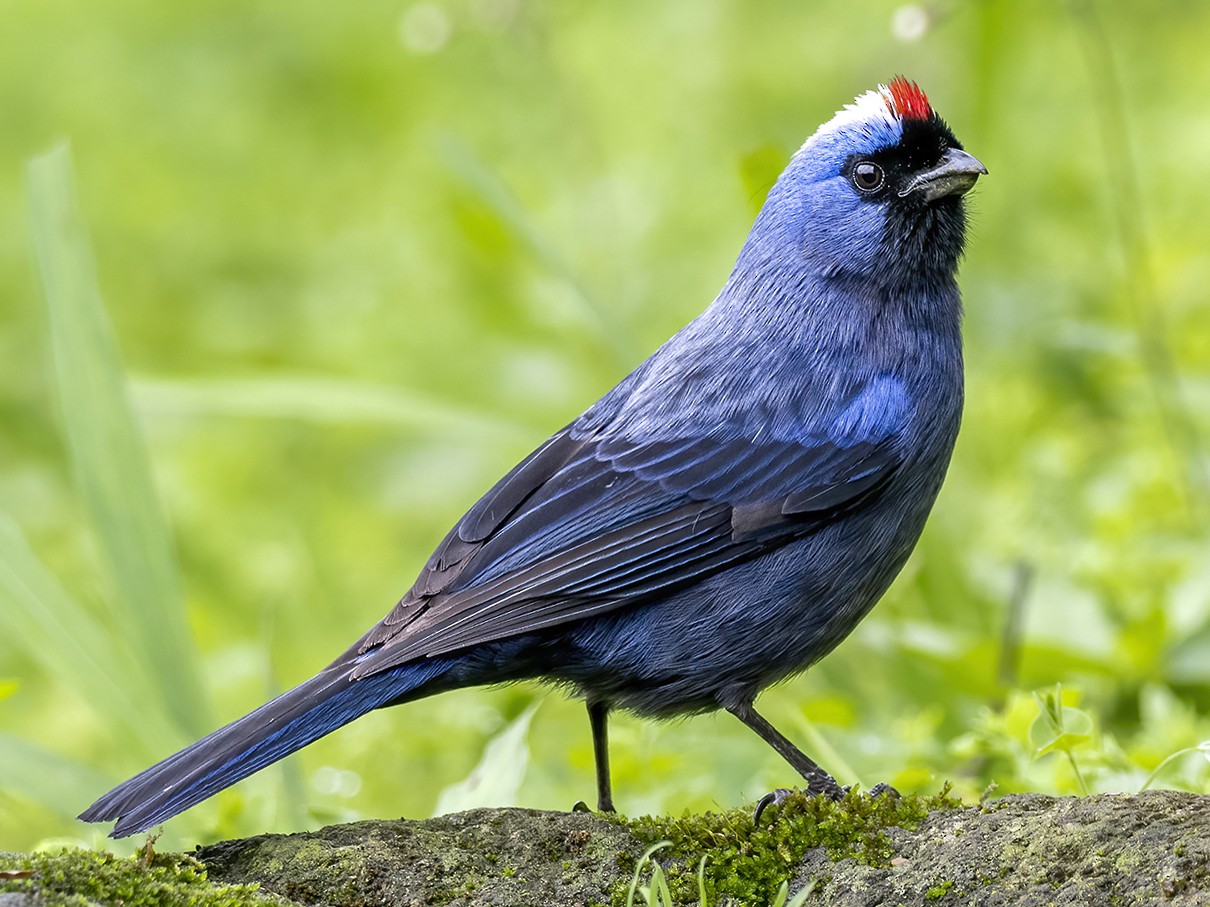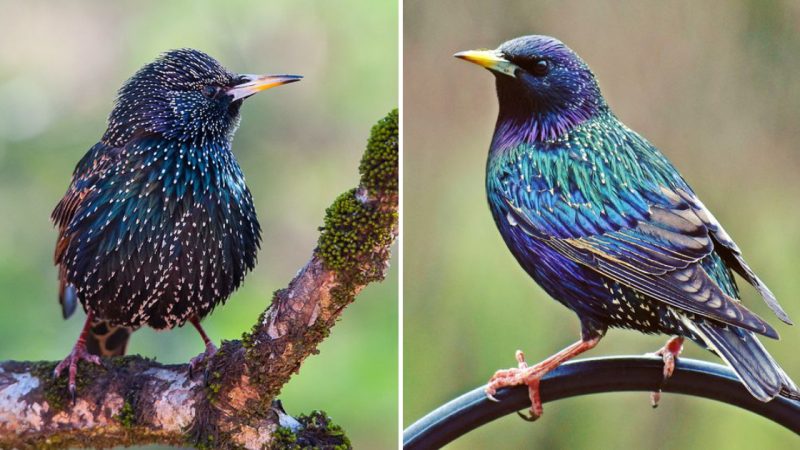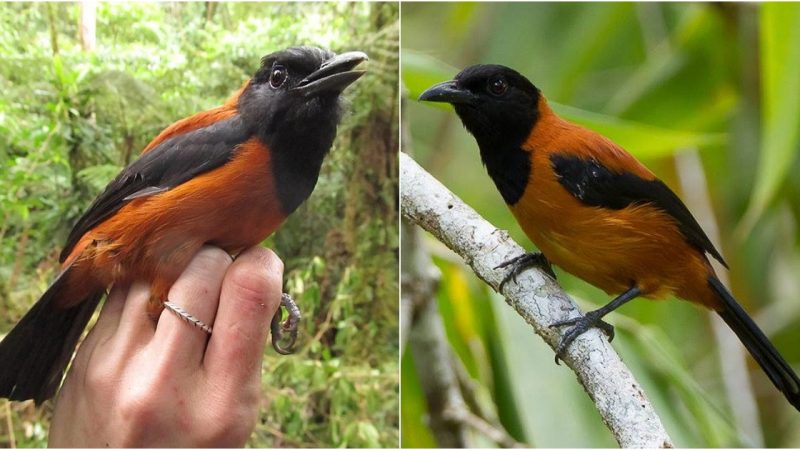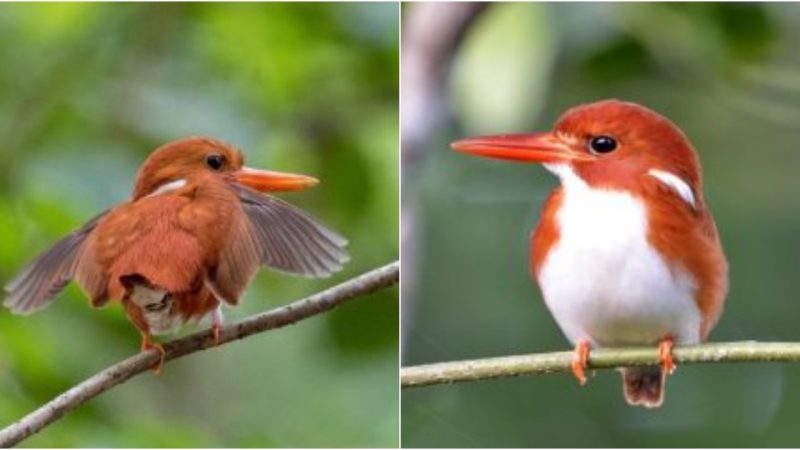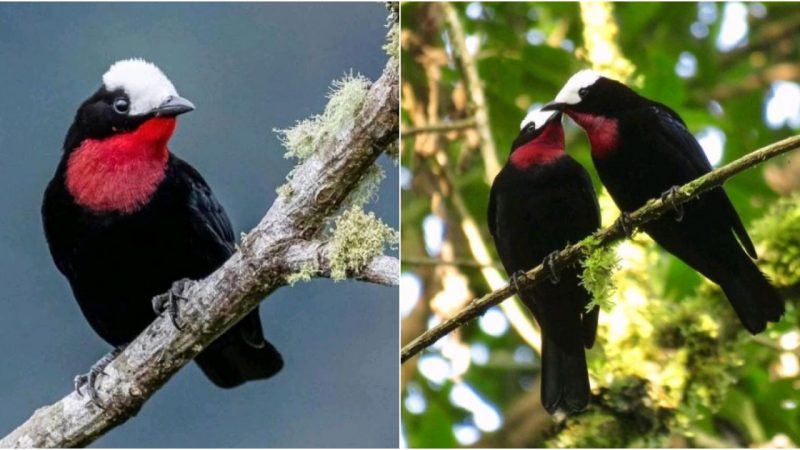Captivating Beauty: The Enchanting Diademed Tanager and Its Majestic Royal Blue Feathers
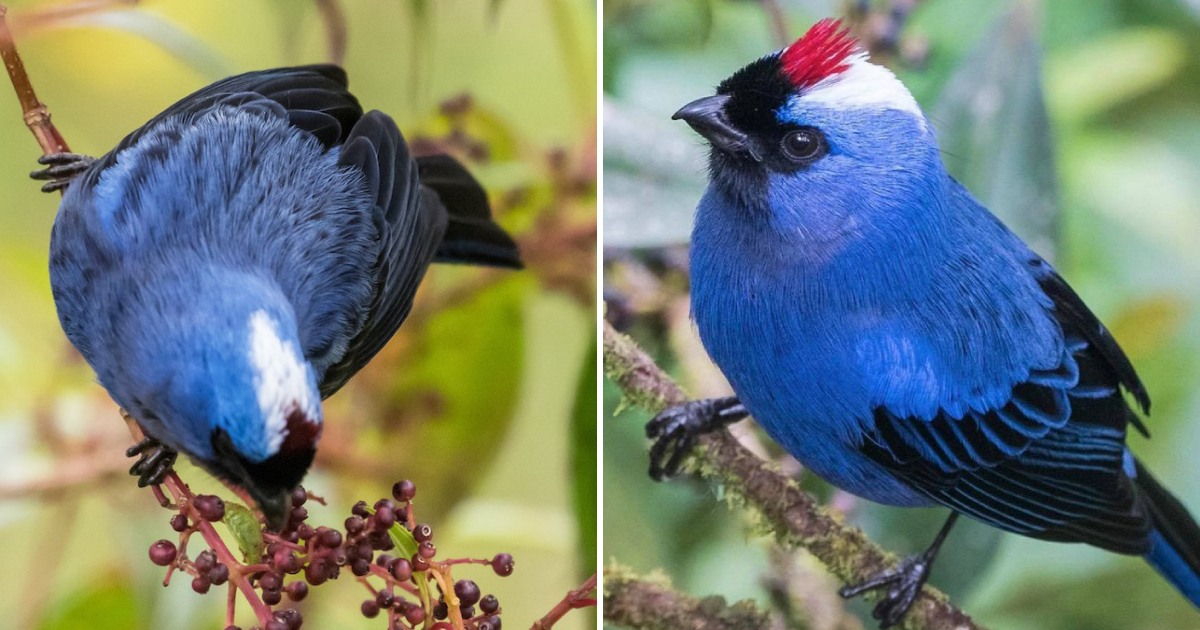
With approximately 9,000 bird species around the globe, each possesses its own unique qualities, whether it be their behavior, size, color, or other distinguishing features. Among them is a remarkable bird adorned with royal blue plumage, known as the Diademed Tanager (Stephanophorus diadematus) from the tanager Thraupidae family.

The Diademed Tanager is a Neotropical bird belonging to a songbird order consisting of about 5,000 species. This bird thrives in open areas such as northeast and east Argentina, coastal and southern regions of Brazil, Paraguay, and Uruguay.
Measuring approximately 7 inches (18 cm), this bird produces a melodious and pleasing song that captivates the ears. Its tranquil chirping resembles the most beautiful melody ever heard.
The striking appearance of the Diademed Tanager is easily recognizable, thanks to its vibrant and vividly colored plumage. The perfect blend of royal blue and purple will leave an indelible impression in your memory.
This bird showcases dark blue-purple wings and tail, while the upper back and underparts exhibit a lighter shade of blue. Its small, hooked beak is gray, and above and below it lies a black patch.
A distinctive feature of this bird is its white crown, known as Diadema, embellished with a central patch of bright red. The silvery throat adds to its overall beauty.
The Diademed Tanager’s charm is simply irresistible. See for yourself and discover more about this magnificent bird. We guarantee you’ll be fascinated.
The female displays darker feathers and a grayish crown.
Its small, hooked beak is used for cutting and crushing fruits, worms, grubs, buds, leaves, with a particular fondness for banana leaves.
Being sociable by nature, the Diademed Tanager happily coexists with other bird species.
They prefer to live in small flocks of 5-10 birds, as they dislike solitude.
When it comes to breeding, the female constructs a cup-shaped nest using moss and leaves, attached to a tree branch.
Their lovable and friendly nature, combined with their melodious singing, makes them irresistible to humans. What are your thoughts on these captivating birds?
